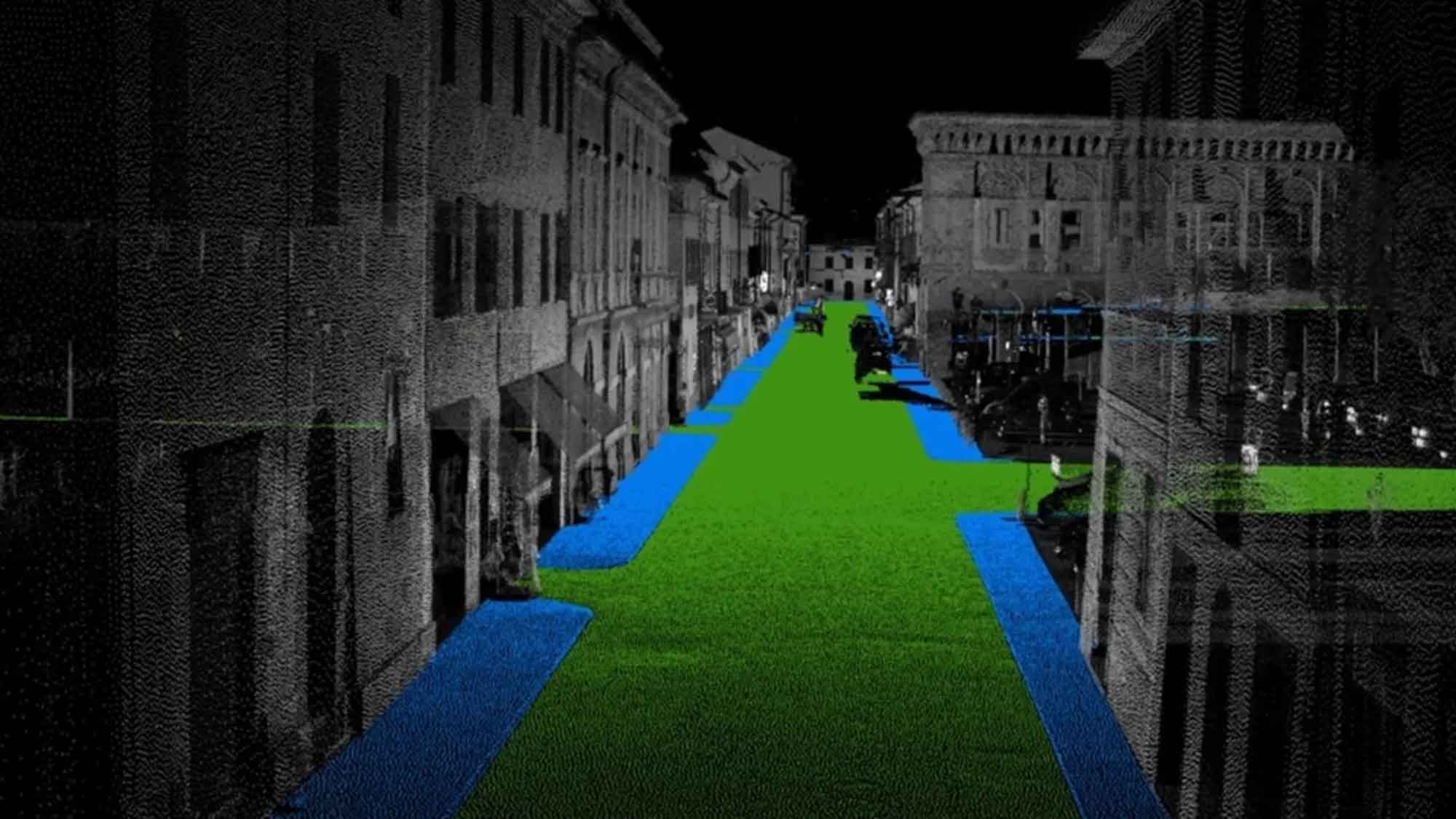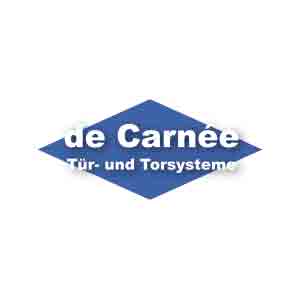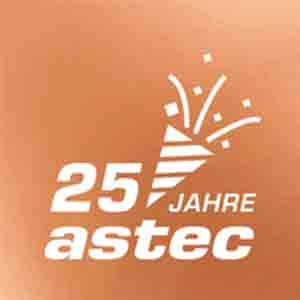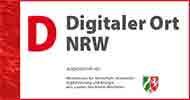#Disability, #Politecnico di #Milano experiments with AI to make historic city centres accessible
- The case study of the town of Sabbioneta in the International Journal of Applied Earth Observation and Geoinformation
Milan, December 1st, 2023
Offering citizens information that promotes physical accessibility with the help of technology and navigation devices would make cities smarter and more inclusive. A young researcher at Politecnico di Milano has used Artificial Intelligence (AI) to identify the differences between streets and pavements made of cobblestones, sanpietrini and bricks, with widely varying heights and widths, which characterise and make historical cities typical but also are an element of difficulty for the elderly and people with motor disabilities.
The research, published in the International Journal of Applied Earth Observation and Geoinformation, used a mobile mapping system, specifically, in this case, a car equipped with instrument provided by Leica Geosystems Italia, for surveying and mapping the small town of Sabbioneta, which has been, together with Mantua, a #UNESCO World Heritage Site since 2008 and is an emblematic example of a Renaissance village enclosed within historic walls.
“Starting from the collected data or point clouds, i.e., millions and millions of points distributed in the surveyed space that allow us to obtain measures and three dimensional representations of what surrounds us, e.g. houses, streets, squares, pavements and various objects, it is possible to identify, with the help of Machine Learning, the most accessible trajectories and paths in a historical urban context”, Daniele Treccani, researcher at the UNESCO Research Lab in Mantua at Politecnico di Milano, explained.
“Machine Learning (ML)”, Andrea Adami, Professor of Topography and Cartography at Politecnico di Milano, explained, “allows a complex neural network attempting to simulate the functioning of the human brain, to ‘learn’ from a large amount of data previously structured by an operator. After the learning phase, it is possible, through a combination of inputs, to recognise and classify objects within the data, automatically and with no human intervention”.
“In this case”, Treccani continues, “the elements identified to assess physical accessibility were pavements, which are users’ preferred routes, and roads. The calculated attributes included width, height, slope and paving material. The ML method showed good reliability of results (89%), which were verified in situ. Thematic urban maps were then produced in QGIS, accessible routes were calculated and an update of OpenStreetMap was data proposed. The work on Sabbioneta made it possible to test and demonstrate the importance of AI methods for managing accessibility in historic city centres”.
The automatic extraction of geometric and space georeferenced information can be extended to other urban elements and be used for tourism accessibility and navigation applications, as well as for the creation of map bases for Plans for the Elimination of Architectural Barriers (PEBA) or Urban Accessibility Plans. More in general, the data collected and processed can be useful for the construction of City Models and digital models of historic city centres.
Daniele Treccani is currently working on extending his research to data from other urban survey systems, such as UAS (drone) photogrammetry, laser scanner survey systems from aircrafts or with portable systems (backpacks or handheld), and continues his collaboration with the University of Vigo (Spain), with which he carried out part of the research.
Starting from this research, the theme of accessibility has also fostered collaboration with the Diocese of Mantua and the Italian Bishops’ Conference, and in the development of a Research Project of National Interest (‘PRIN’) with the University of Brescia and the University of Modena and Reggio Emilia.
Politecnico di Milano is a scientific technological university which trains engineers, architects and industrial designers
The University has always focused on the quality and innovation of its teaching and research, developing a fruitful relationship with business and productive world by means of experimental research and technological transfer.
Research has always been linked to didactics and it is a priority commitment which has allowed Politecnico Milano to achieve high quality results at an international level as to join the university to the business world. Research constitutes a parallel path to that formed by cooperation and alliances with the industrial system.
Knowing the world in which you are going to work is a vital requirement for training students. By referring back to the needs of the industrial world and public administration, research is facilitated in following new paths and dealing with the need for constant and rapid innovation. The alliance with the industrial world, in many cases favored by Fondazione Politecnico and by consortiums to which Politecnico belong, allows the university to follow the vocation of the territories in which it operates and to be a stimulus for their development.
The challenge which is being met today projects this tradition which is strongly rooted in the territory beyond the borders of the country, in a relationship which is developing first of all at the European level with the objective of contributing to the creation of a single professional training market. Politecnico takes part in several research, sites and training projects collaborating with the most qualified European universities. Politecnico's contribution is increasingly being extended to other countries: from North America to Southeast Asia to Eastern Europe. Today the drive to internationalization sees Politecnico Milano taking part into the European and world network of leading technical universities and it offers several courses beside many which are entirely taught in English. More …



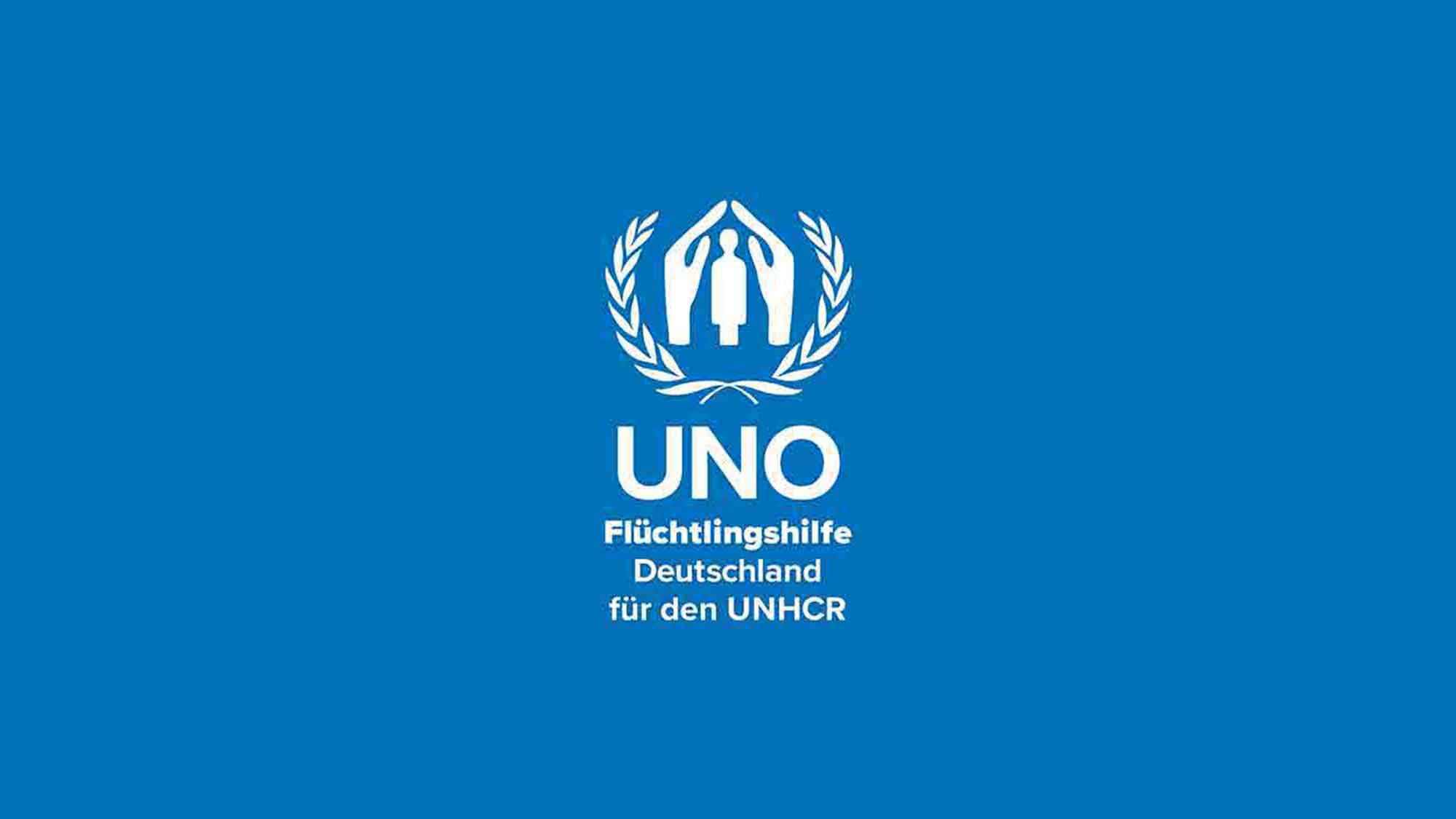

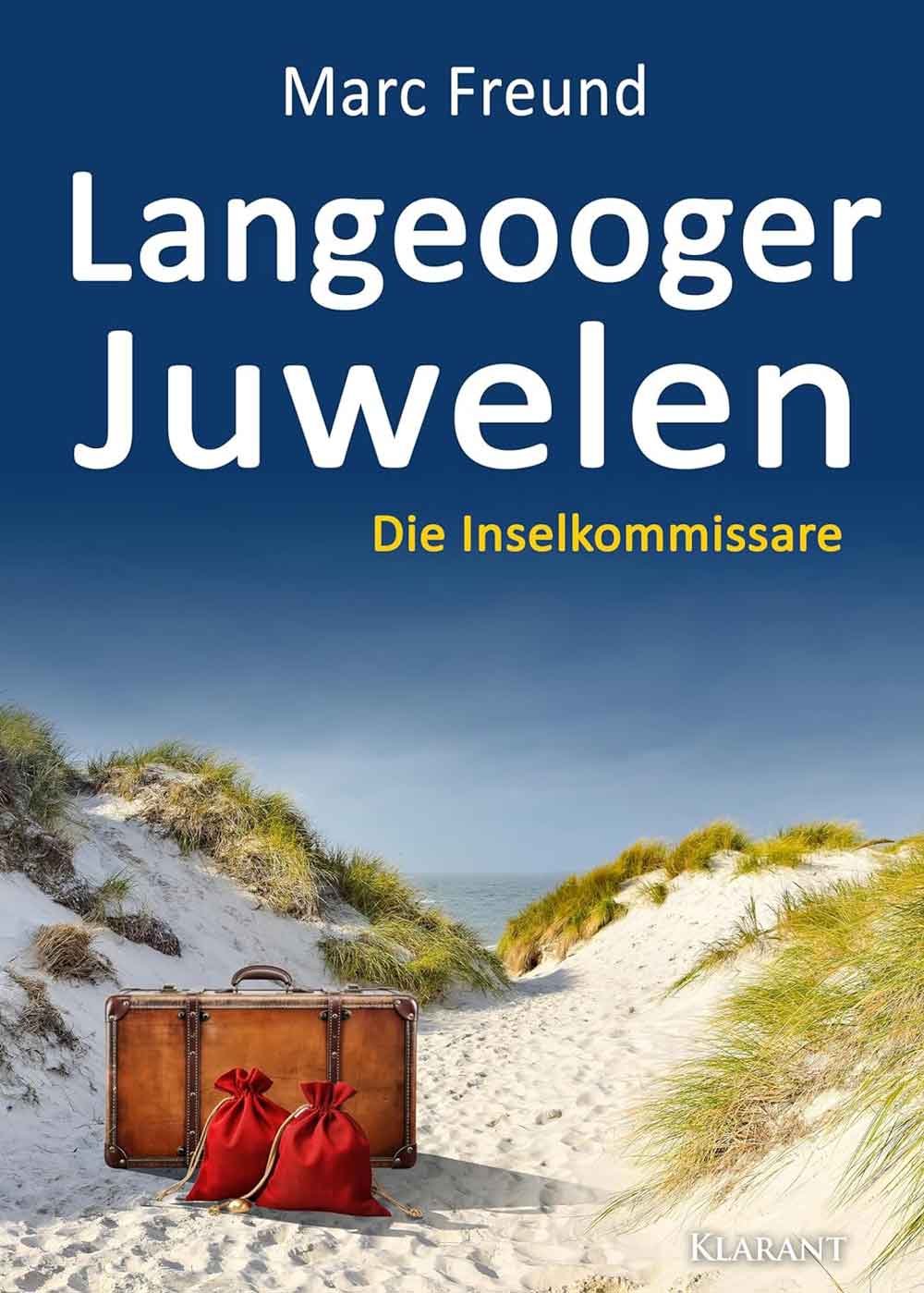


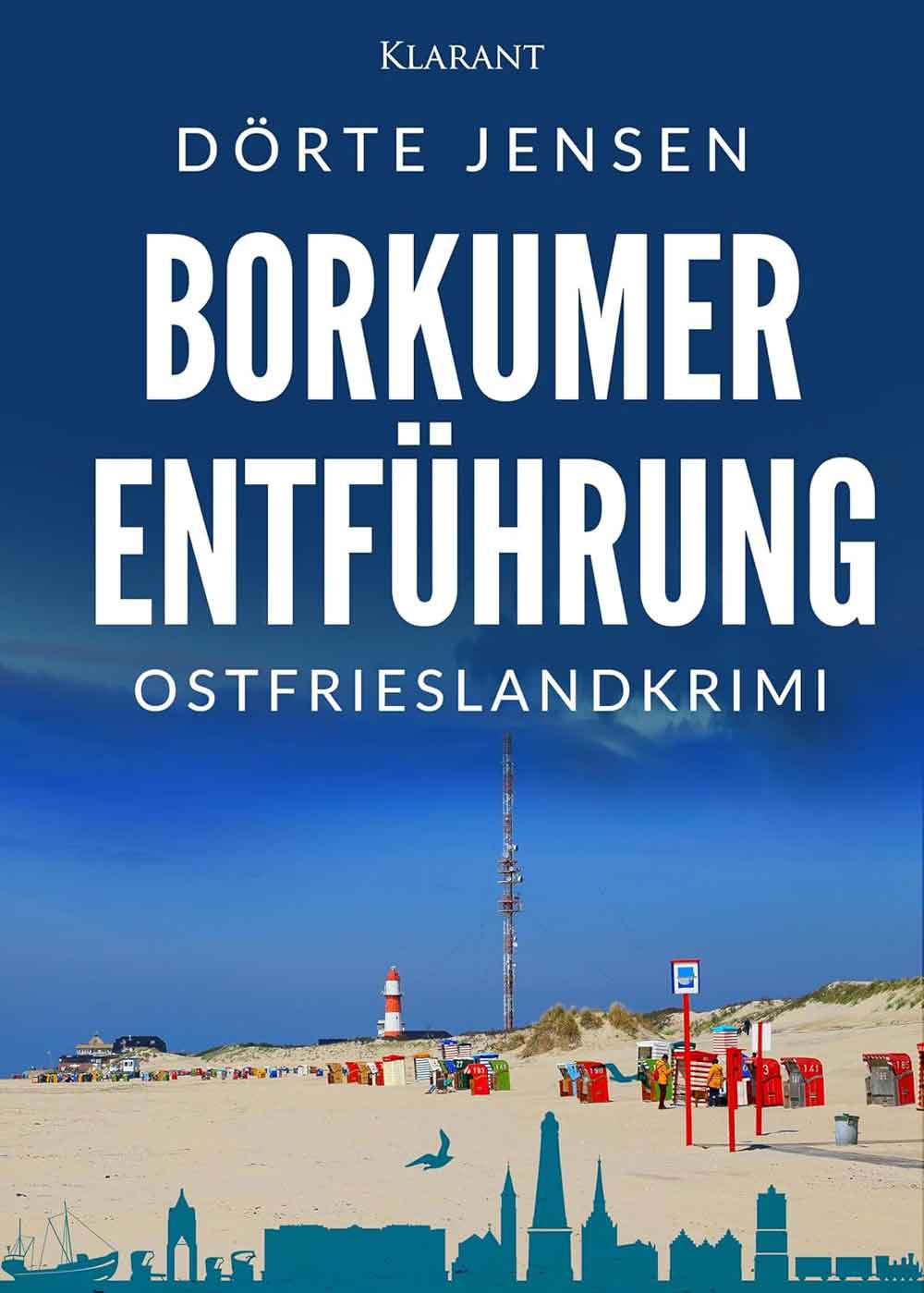
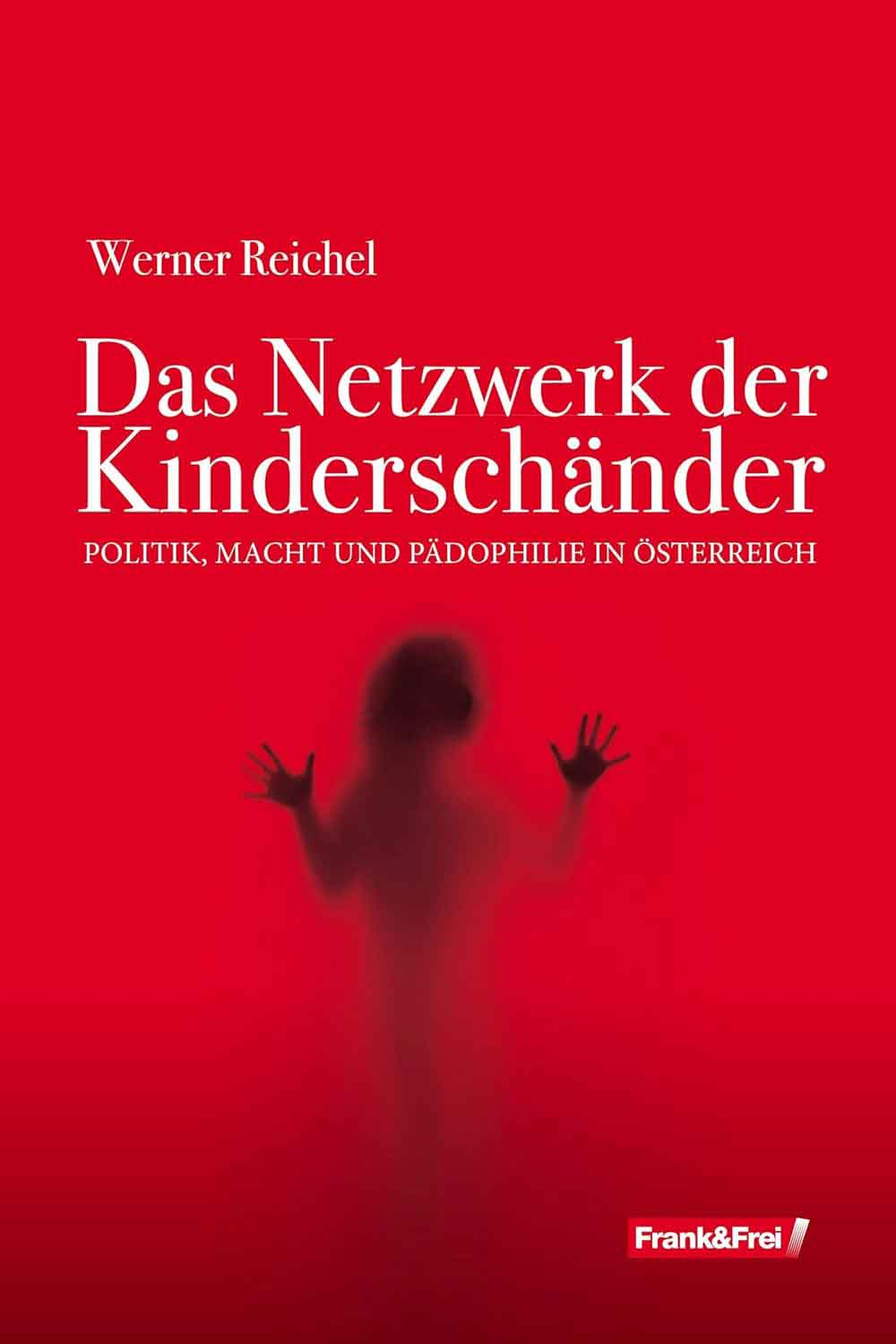

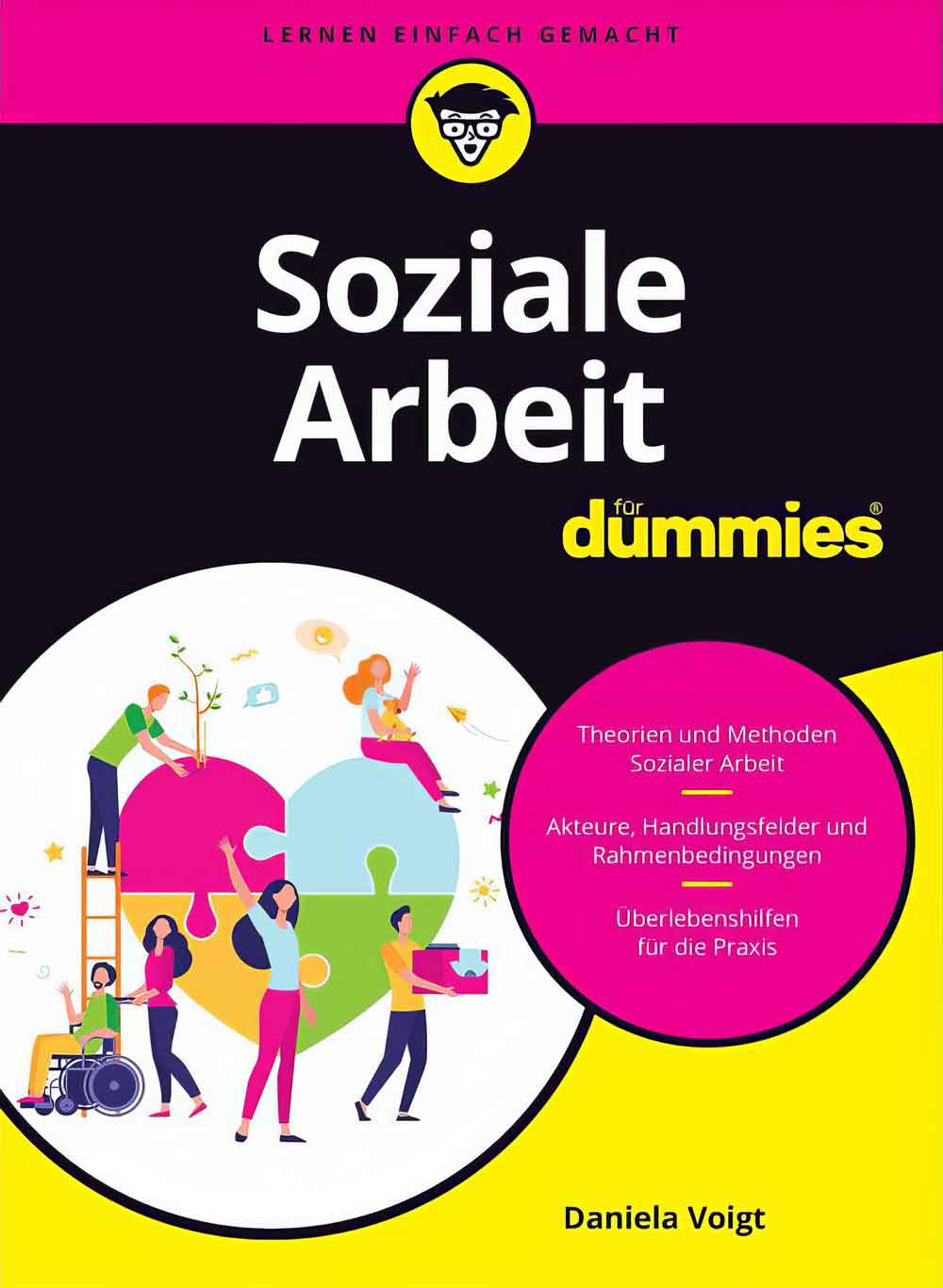



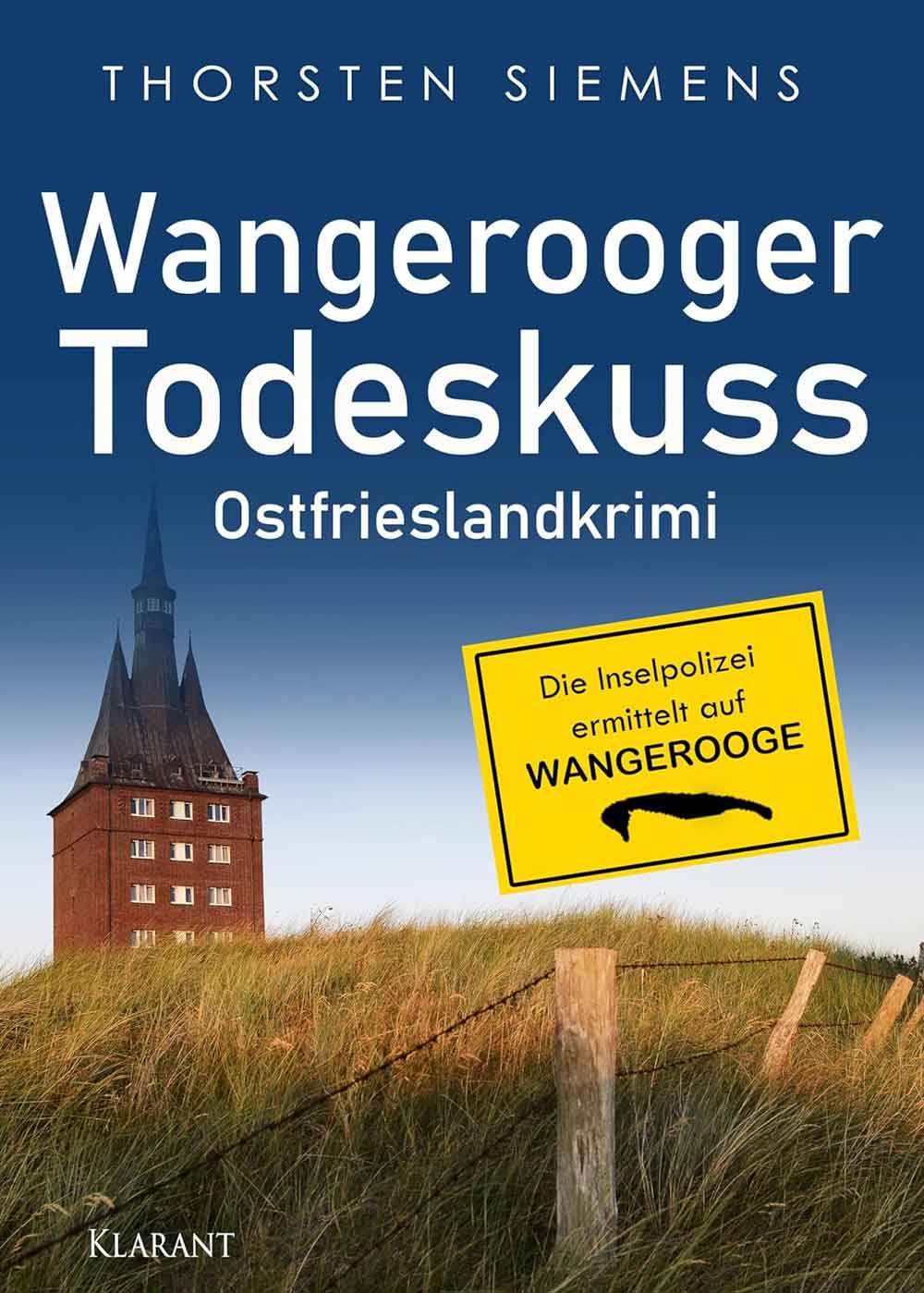
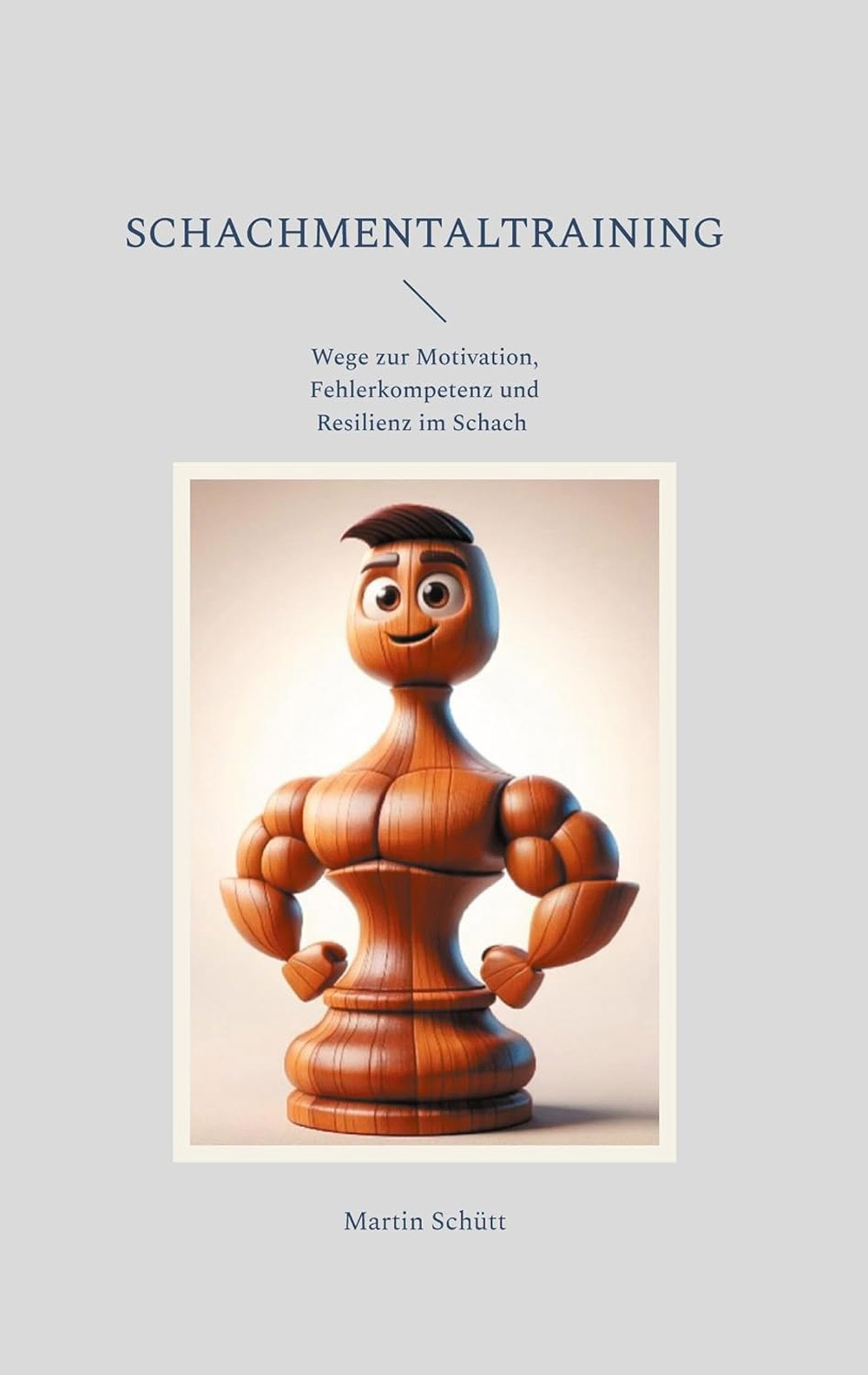

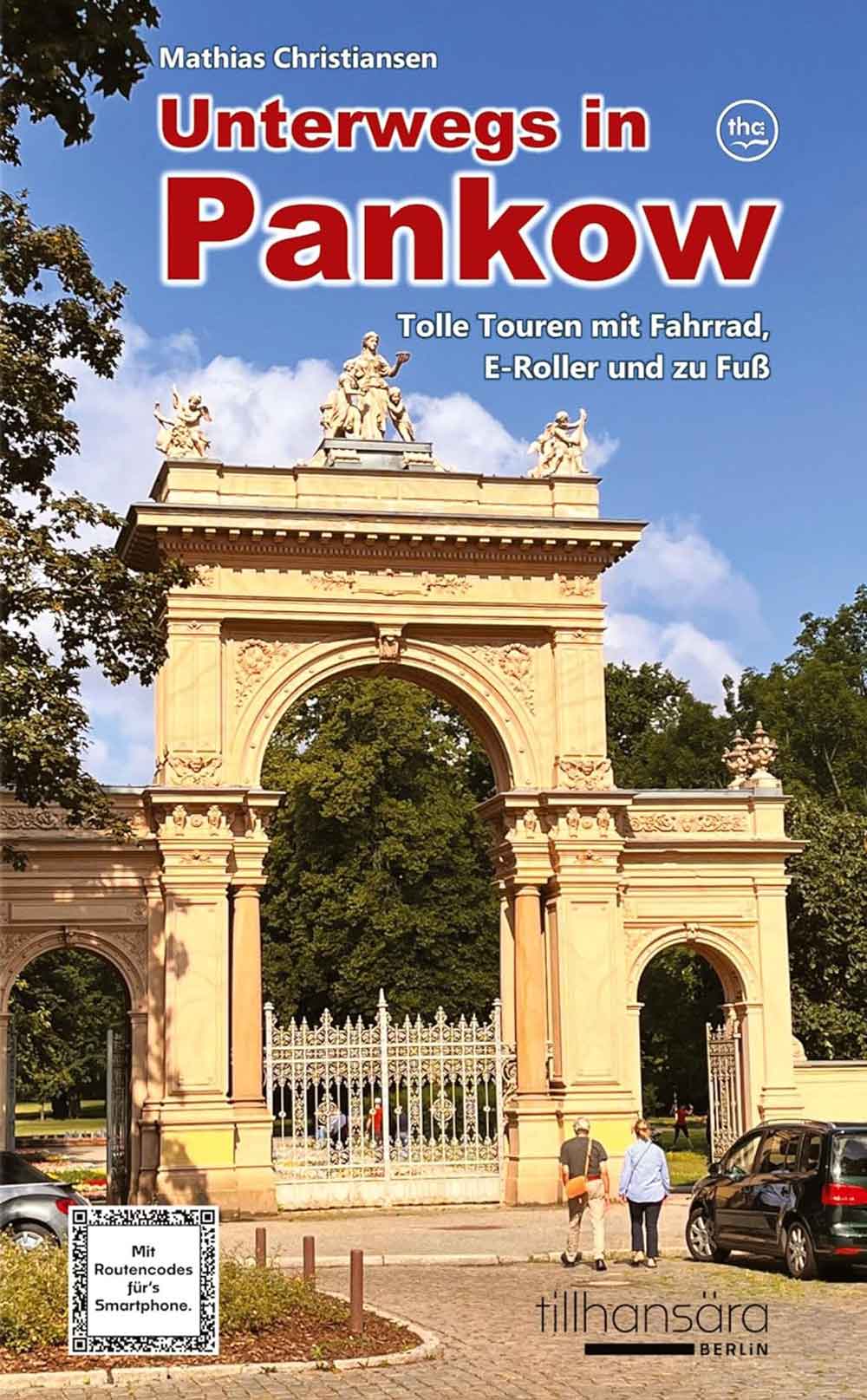
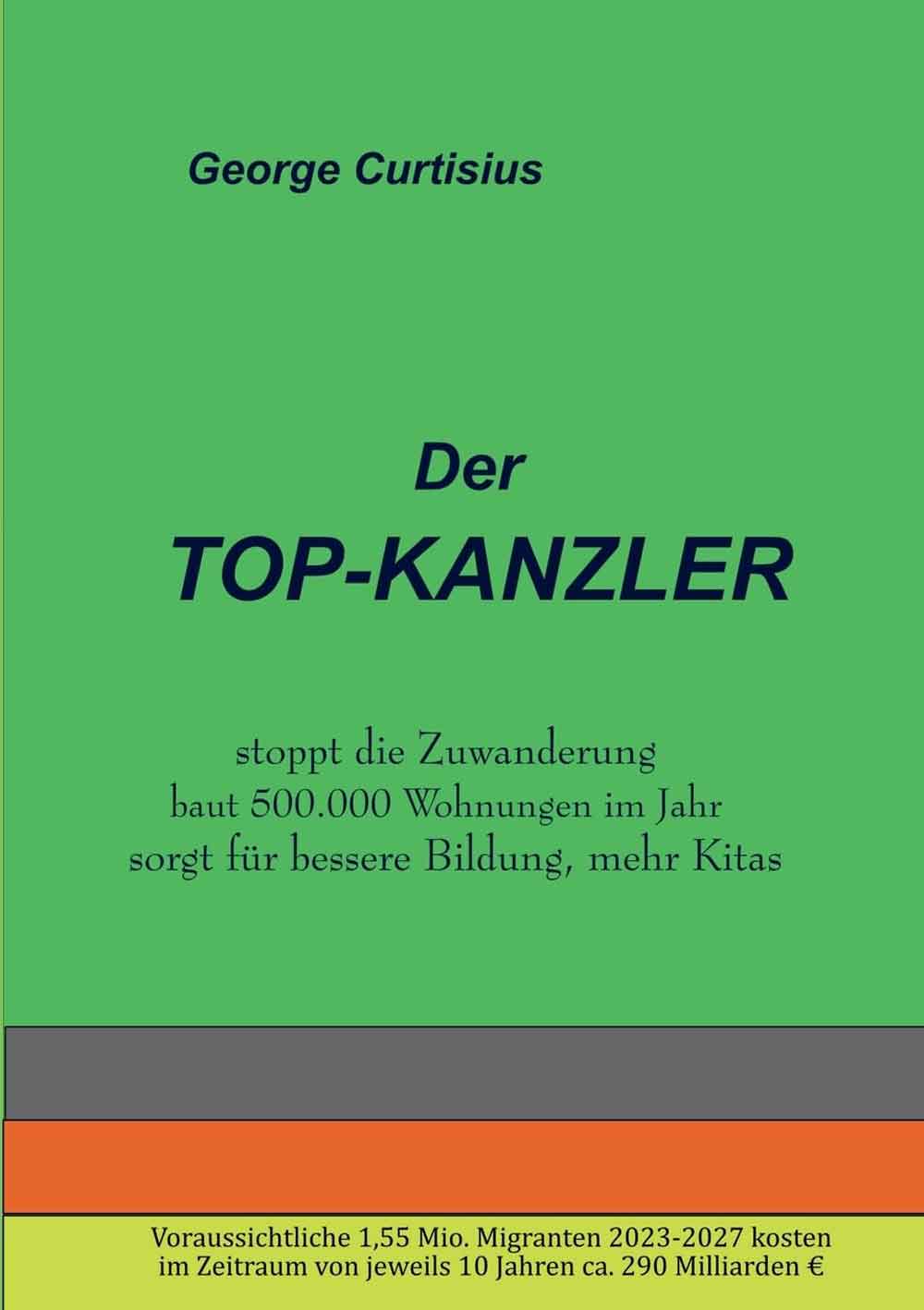



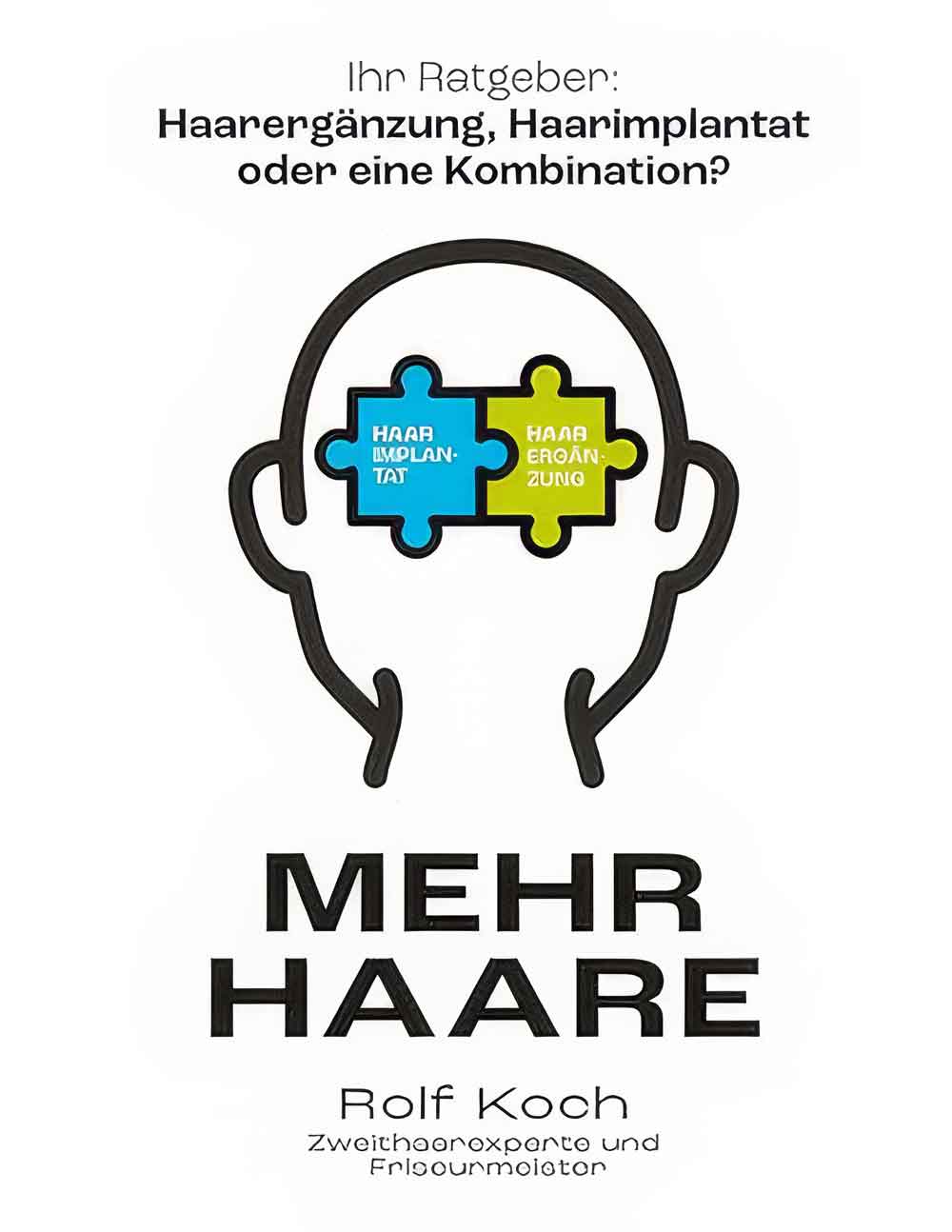
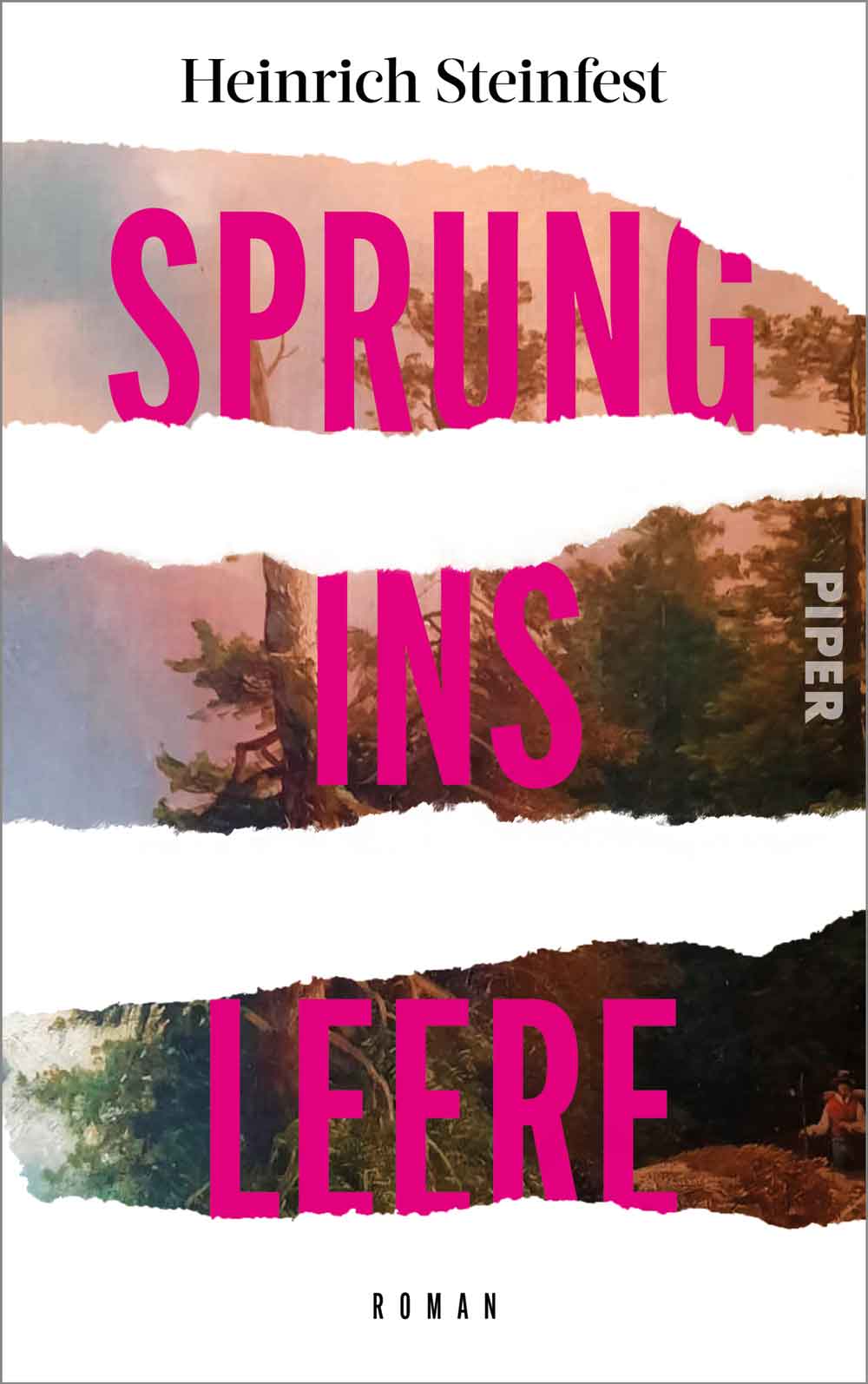














 Gütsel RSS Feed
Gütsel RSS Feed






